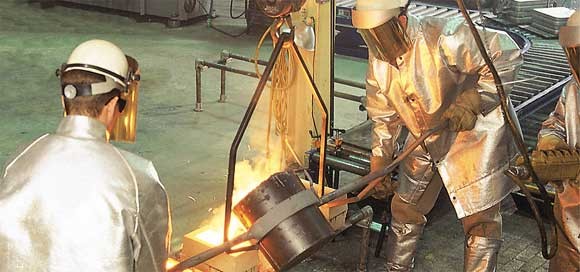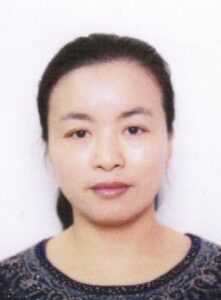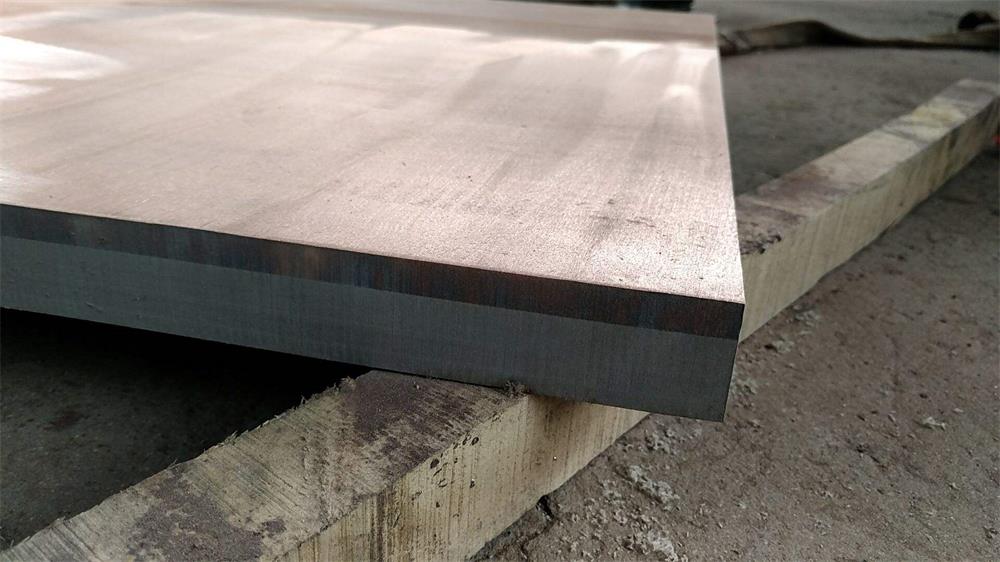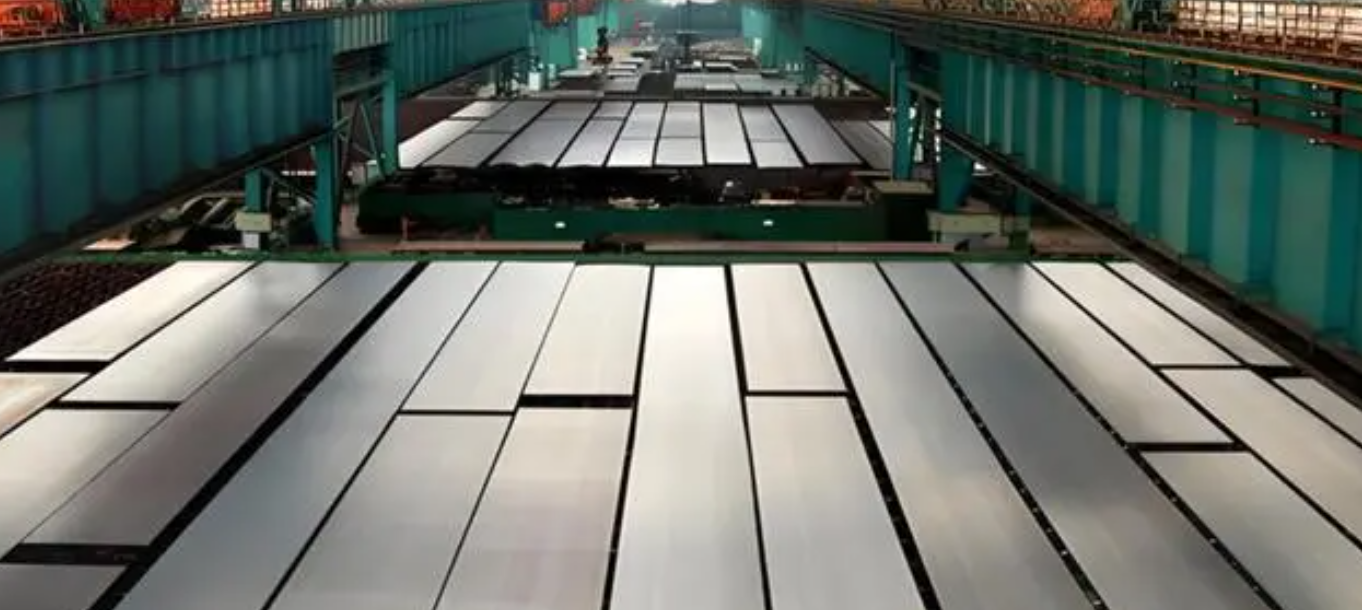What’s the difference between casting process?
Sand Casting
Casting material: various materials
Casting weight: a few grams to hundreds of tons
Casting surface quality: poor
Casting structure: simple
Production cost: low
The scope of application:
This is the most common casting method.
Manual molding is suitable for single piece, small batch and difficult to use molding machine shape complex large castings.
Machine molding is suitable for small and medium castings in batch production.
Process characteristics:
Manual molding: It is flexible and easy to operate, but low production efficiency, high labour intensity, low dimensional accuracy and surface quality.
Machine molding: high dimensional accuracy and surface quality, but large cost investment.
Description:
Sand casting is the most common casting process used in the foundry industry today. It is suitable for all kinds of materials. Iron alloys and non-ferrous alloy castings can use sanding casting. It can make from tens of grams to tens of tons, and more larger casting items.
The weakness of sand casting is that it can only produce castings with a relatively simple structure.
The biggest advantage of sand casting is that the production cost is low.
The surface finish, the metallographic phase of the casting and the internal density is relatively low. For shaping, both hand molding and machine molding are ok.
The hand molding is suitable for large-sized castings with complex shapes in one piece, small batch size and difficult to use the molding machine. Machine molding can greatly improve surface accuracy and dimensional accuracy, but the production investment is high.
Metal Molding Casting
Casting material: non-ferrous alloy
Casting weight: tens of grams to 20 kilograms
Casting surface quality: good
Casting structure: complex
Production cost: high
The scope of application:
Small batch or a big batch of non-ferroalloy castings, also suitable for iron and steel castings.
Process characteristics:
Precision size, good surface quality, compact structure, good mechanical properties and high production efficiency.
Description:
Metal mold casting is also known as hard mold casting, it is a casting method in which liquid metal is poured into a metal mold to obtain castings. Moulds are made of metal and can be used many times (hundreds to thousands of times).
Metal molding and sand molding, there is a significant difference in performance, such as that sand molding has air permeability, but metal mold is none, the thermal conductivity of the sand mold is poor, but thermal conductivity of the metal mold is very good, the sand mold has a deformability, but the metal mold doesn’t have.
In view of this, casting technicians need to distinguish the metal molding and the sand molding in the metal mold casting process.
Investment Casting
Casting material: cast steel and non-ferrous alloy
Casting weight: a few grams – several kilograms
Casting surface quality: very good
Casting structure: for any complexity parts
Production cost:
Mass production is cheaper than pure machining
The scope of application:
For all kinds of batch cast steel and high melting point alloy small complex precision items, especially for art items and precision machinery parts.
Process characteristics:
Dimensional accuracy, smooth surface, but low production efficiency.
Brief description:
Investment casting process originated early in China, in the spring and autumn period, the casting process has been applied in the noble jewellery production.
In general, investment casting pieces are more complex, not suitable for large castings. The process is complex and difficult to control, and the used and consumed raw materials are expensive, so it is suitable for the production of small parts with complex shapes and high precision requirements, and also for the parts which are difficult to process, such as turbine engine blades.
Ceramic Casting
Casting material: cast steel and cast iron
Casting weight: several kilograms to several hundred kilograms
Casting surface quality: very good
Casting structure: more complicated
Production cost: expensive
The scope of application: molds and precision castings
Process characteristics:
High dimensional accuracy, smooth surface, the disadvantage is low production efficiency.
Brief description:
At present, the most widely used ceramic mold is CO2 sodium silicate sand.
CO2 water glass ring has the advantages of high strength and good air permeability. It is special in that two models are prepared in advance, one is used to fill the ceramic paste casting mold (A mold), and the other is used to make the bottom sleeve (B mold), which is larger than (A mold).
1. The surface finish of the casting is high
2. The dimensional accuracy of the casting is high
3. Can cast large precision castings
Although the investment casting can produce the castings with precise size and high smoothness, due to the limitation of its own process, the weight of castings is generally small, and the maximum weight is only dozens of kilograms. The largest ceramic casting could be up to 10 tons.
4. Low investment, fast production, and short production preparation cycle.
The disadvantage is that the price of raw materials is expensive, because of the grouting process, it is not suitable for a large batch, lightweight and complex shape castings. The whole production process is difficult to achieve mechanization and automation.
Gypsum Casting
Casting material: Ming alloy, magnesium alloy, zinc alloy
Casting weight: tens of grams to tens of kilograms
Casting surface quality: very good
Casting structure: more complicated
Production cost: high
Scope: single to small batch
Process characteristics:
Low refractory, suitable for low and medium alloy castings. Poor air permeability, low directivity, long solidification time, excellent filling performance, smooth casting surface, low production efficiency.
Brief description:
Gypsum casting is divided into drawing model gypsum casting and lost wax casting
Characteristics:
1. Able to duplicate complex castings very well. Due to the good flow performance of gypsum slurry, it has the excellent advantage of filling performance, excellent film coating and smooth cavity surface. The roughness grade of the finished product can reach Ra 1.6um.
2. Low thermal conductivity. This property will make the liquid metal fill the mold well, on the other hand because of the condensation times is too long, it will have problem of loose, shrinkage and other defects problem.
3. Poor air permeability. Therefore, the casting system should be set up reasonably to prevent defects such as insufficient pouring and air holes.
4. Low refractory, so only suitable for low – temperature alloy casting.
Its pouring method is generally: low pressure pouring, gravity pouring, and vacuum assisted pouring and so on.
Low-Pressure Casting
Casting material: non-ferrous alloy
Casting weight: tens of grams to tens of kilograms
Casting surface quality: good
Casting structure: complex (can use sand core)
Production cost: high production cost of metal type
The scope of application:
Small batch, a preferably large batch of large or medium size non-ferroalloy castings, thin wall castings can be produced.
Process characteristics:
The castings structure are densely organized, the process yield is high, the equipment is relatively simple, and various casting molds can be used, but the productivity is relatively low.
Brief description:
Low-pressure casting, a casting method in which liquid metal is filled and solidified into castings under the action of low-pressure gas. The low-pressure casting was mainly used for the production of aluminium alloy castings at first, and later it was expanded to produce copper castings, iron castings and steel castings with high melting point.
Counter-Pressure Casting
Casting material: aluminium alloy, magnesium alloy
Casting weight: a few grams to tens of kilograms
Casting surface quality: good
Casting structure: complex (can use sand core)
Production cost: high, need to increase the pneumatic differential pressure device
The scope of application: non-ferrous alloy castings with high performance and complex shape
Process characteristics:
Controllable pressure, good casting molding, compact structure, good mechanical properties, but low production efficiency.
Brief description:
Counter-pressure casting is also called reverse pressure casting and differential pressure casting. It is a casting method derived from low-pressure casting.
The difference with low-pressure casting is that the outer cover of the casting mold is a sealed cover filled with compressed gas, so that the casting mold is under a certain pressure of the gas. When the molten metal is filled, the pressure of the gas in the holding furnace is greater than that of the gas in the casting mold. But at this time the casting is crystallized and solidified under higher pressure, so higher density casting can be guaranteed.
Pressure Casting
Casting material: aluminium alloy, magnesium alloy
Casting weight: a few grams to tens of kilograms
Casting surface quality: good
Casting structure: complex (can use sand core)
Production costs: Die-casting machines and molds are expensive to make
The scope of application:
Batch production for non-ferroalloy small and medium size castings, thin wall castings, anti-pressure castings.
Process characteristics:
High dimensional precision, smooth surface, compact structure, high production efficiency and low cost, but a high cost of casting machine and casting dies or molds.
Brief description:
Pressure casting has the characteristics of high pressure and high-speed filling.
Its common injection specific pressure is from thousands to tens of thousands of kpa, even up to 2x105kPa.The filling speed is about 10~50m/s, and sometimes it even reaches over 100m/s. The filling time is very short, generally within the range of 0.01~0.2s.
Compared with other casting methods, die casting has the following three advantages:
Product quality is good, casting size accuracy is high, generally equivalent to 6~7 grade, even up to 4 grade. Good surface finish, generally equivalent to 5~8 level. The strength and hardness are higher, and the strength is generally 25~30% higher than that of sand mold casting, but the elongation is about 70% lower. Stable size and good interchangeability can be die-cast thin wall complex casting.
For example, the minimum wall thickness of current zinc alloy dies castings can be up to 0.3mm; Aluminum alloy casting up to 0.5mm. The minimum casting hole diameter is 0.7mm. The minimum pitch is 0.75mm.
Centrifugal Casting
Casting material: grey cast iron, ductile iron
Casting weight: tens of kilograms to several tons
Casting surface quality: better
Casting structure: generally cylindrical casting
Production cost: lower
The scope of application: Small batch to large batch rotary shape castings, pipe fittings of various diameters.
Process characteristics: High dimensional precision, smooth surface, compact structure and high production efficiency.
Brief description: Centrifugal casting refers to a casting method in which liquid metal is poured into a rotating mold and under the action of centrifugal force fills the mold and solidifies into a casting. The machine used for centrifugal casting is called a centrifugal casting machine.
Introduction:
The first patent for centrifugal casting was issued by the Englishman Erchardt in 1809, and it was not until the early twentieth century that the method was gradually adopted in production.
In the 1930s, China also began to use centrifugal casting, such as iron pipe, copper sleeve, cylinder liner, bi-metal steel back copper sleeve and other aspects, in these areas, the centrifugal casting is almost a major method; In addition, in the production of heat-resistant steel roller, some special steel seamless pipe blank, paper machine drying drum, centrifugal casting method is also used very effectively.
At present it has produced a high degree of mechanization and automation of centrifugal casting machine, has set up a large number of production of mechanical centrifugal casting workshop.
Continuous Casting
Casting material: steel, non-ferrous alloy
Casting weight: large castings
Casting surface quality: poor
Casting structure: long continuous casting
Production cost: low
The scope of application: Long castings with fixed sections, such as ingots, steel tubes, etc.
Process characteristics: Compact structure, good mechanical properties and high production efficiency.
Brief description:
Continuous casting is an advanced casting method in which molten metal is continuously poured into a special metal mold called a crystallizer to form a solidified (encrusted) casting that is continuously pulled out of the other end of the crystallizer to obtain an arbitrarily long or specified length of casting.
Continuous casting has been widely used at home and abroad, such as continuous ingots (steel or non-ferrous ingots), continuous cast pipes and so on.
Compared with conventional casting, continuous casting has the following advantages:
1. Due to the rapid cooling of the metal, has the compact crystal, uniform structure and good mechanical properties.
2. In continuous casting, there is no pouring gate of casting system, so the continuous ingot does not need to cut the head and tail during the continuous casting, which saves the metal material and improves the production efficiency.
3. The working procedure is simplified and free from modelling and other working procedures, thus reducing labour intensity. The required production area has also been greatly reduced;
4. It is easy to realize mechanization and automation of continuous casting production. Ingot casting can also realize continuous casting and rolling, It is greatly improved the production efficiency.
Lost Foam Casting
Casting material: various materials
Casting weight: several grams to several tons
Casting surface quality: better
Casting structure: more complicated
Production cost: lower
Scope of application: Different batches of more complex of a variety alloy castings
Process features: high dimensional accuracy, allow freedom casting design, simple process, but pattern combustion affects the environment.
Brief description:
Lost foam casting is a new casting method in which paraffin or foam models similar to the size and shape of castings are bonded and combined into model clusters, brushed with refractory coating and dried, then buried in dry quartz sand for vibration molding, and poured under negative pressure to make the model gasified and liquid metal occupy the position of the model, and then the casting is formed after solidification and cooling.
Lost foam casting is a new process with nearly no tolerance and accurate molding. This process requires no mold, no parting surface and no sand core, so the casting has no flash, burr and draft Angle, and reduces the size error caused by mold core combination.
The above eleven casting methods have different process characteristics. Difference casting parts will choose different casting methods. In fact, it is difficult to say which casting process has an absolute advantage. In production, we will select the process which is most suitable for our parts with the lowest cost.






